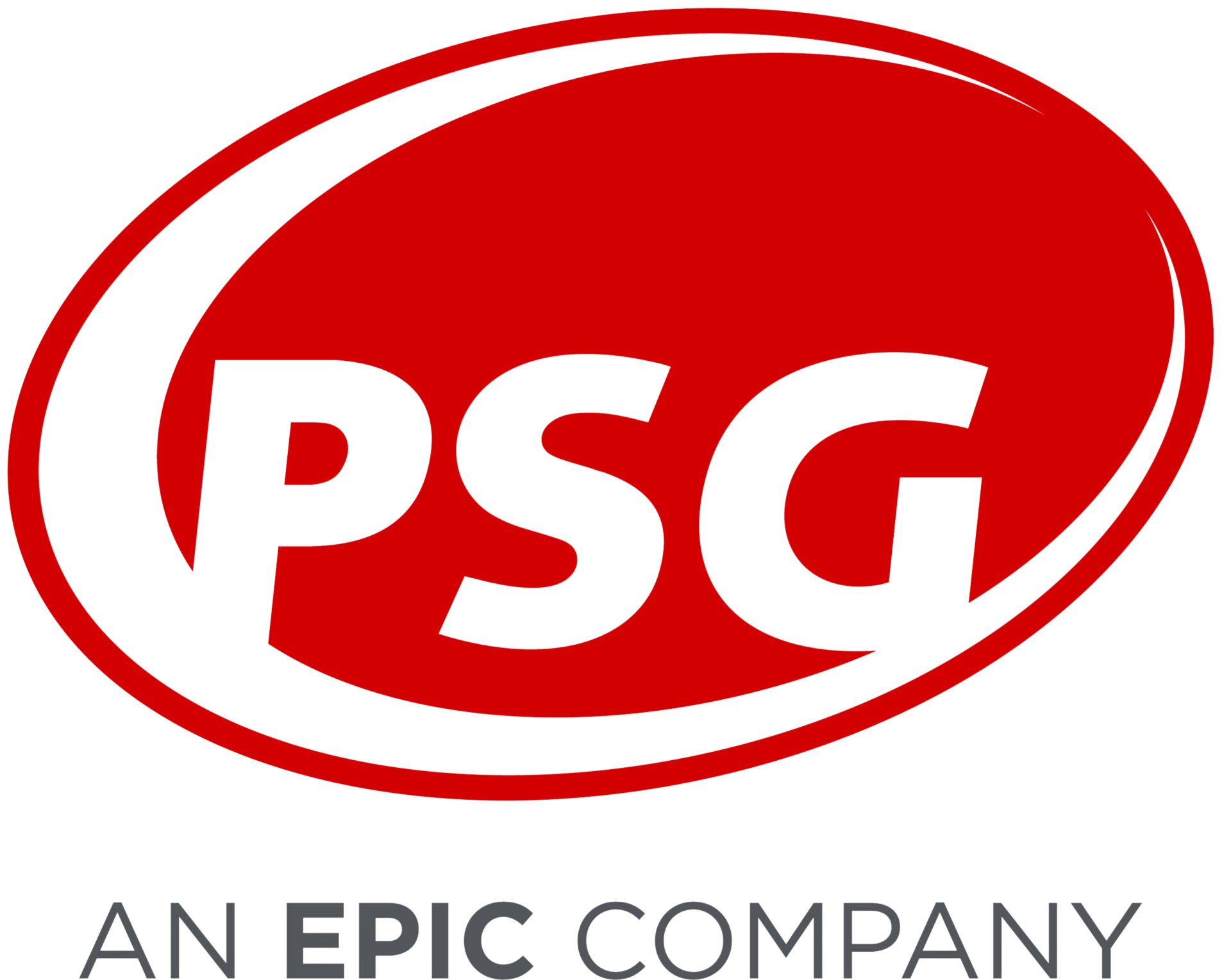Q&A: Challenges and Solutions for Specialty Drug Benefits
Posted on February 21, 2024
In the complex landscape of healthcare, the escalating costs of drugs have become a pressing concern. To learn more about how pharmacy managed care is working to reduce these costs, we spoke with Brian Murphy, a senior Health Plan consultant here at PSG. We’ll be exploring the strategies being used, how regulatory changes are impacting managed care, and the potential for collaboration among stakeholders. Join us as we navigate through these critical aspects, offering insights and potential solutions to this pressing issue in a question-and-answer format.
What are the most significant factors contributing to rising drug costs?
In a word, specialty. There are a number of significant factors that contribute to rising drug costs, but they can all tie back to specialty drugs. The growing utilization of high-cost specialty drugs, a robust pipeline, and the lack of transparency in drug pricing are contributors within the specialty drug category.
Given the significant role of specialty drugs in rising drug costs, what innovative strategies are being implemented within the pharmacy managed care sector to mitigate these costs? What trends are coming in this evolving landscape, and how can pharmacy managed care organizations proactively adapt to manage these escalating costs effectively?
In addition to use of utilization management (UM) to ensure appropriate use of specialty drugs, three areas come to mind: site of care for infusion drugs, real-time benefit checks (RTBCs), and specialty carve-out options.
- Site of care for infusion drugs administered and billed through the medical benefit. There are large savings available by doing infusions in-home compared to an outpatient hospital facility. Facility infusions can often be disruptive for members and carry a higher infection rate, as well. What we’ve found to work best is partnering with the local hospitals to provide home infusions. By telling hospitals the therapy won’t be moved out of the system but will only be reimbursed if done in the home, plans can create savings and a less disruptive experience for their members.
- Real-time benefit checks. The key to savings here lies in the use rate of RTBCs amongst providers. At the point of prescribing, RTBCs provide insights to the prescriber including what the patient’s out-of-pocket costs will be and if any UM is required. When a plan puts more aggressive utilization management (UM) in place, RTBCs convey that information in real-time. This eases the burden put on providers to get approvals because of the new UM and allows them to suggest therapies that are cost-effective and covered more easily.
- Lastly, some innovative solutions to specialty drug costs come from some stand-alone specialty pharmacies. Between exploring acquisition cost-plus pricing models and reverse auction approaches to selecting a specialty pharmacy, there’s a broader array of options for plan sponsors if they are open to carving out their specialty pharmacy from their PBM relationship.
Significant regulatory changes impact specialty drugs. How are these changes being addressed, and what strategies are being employed to prepare for these changes?
Today, it often feels like everyone is lobbying and legislation is happening without pharmacy teams at payers having much control over it. When this happens, it is key to have a modern contract with the PBM for any legislation that comes through. Having the most up-to-date language, specifically around pricing stability, allows plans not to be disadvantaged by changes. Other ways to ensure a modern contract include language that allows for regular market checks and having updated definitions for all regulations that come down in new legislation.
How can stakeholders, including payers, pharmacies, and healthcare providers, collaborate more effectively to address rising drug costs?
Payers have a significant impact on managing costs by managing their relationship with their PBM. PBM agreements are not just a list of services but rather detailed expectations and how they will be delivered. This holds the PBM accountable and creates better outcomes across the continuum of care. Also, conducting regular market checks maintains relevance and ensures the best possible contract is in place each year within the contract term.
Once that strong relationship is in place between a payer and its PBM, there can be opportunities for payers to customize their pharmacy benefits through collaboration with pharmacies and local health care providers. There are numerous models of payers collaborating with pharmacies and providers to improve clinical and financial outcomes through quality initiatives, reduction in administrative burden, and channel steerage. However, the PBM needs to be a partner in the administration of these models, so it is vital to have a strong relationship with your PBM to ensure their cooperation on these solutions.
Are there emerging strategies that hold promise for cost containment and better patient outcomes in diabetes or specialty care?
We have a case study that addresses this question. A client wanted to put in more stringent UM criteria for GLP-1s since many were being used off-label for weight loss. They were told they would miss out on a large amount of rebates by the manufacturer of those drugs by doing so. After we helped them look into the integrated data, they decided to tighten their UM. They implemented the revised UM criteria, reducing the number of approved requests for prior authorization. By accepting fewer rebates and implementing the more aggressive UM standards, they cut inappropriate utilization worth five times the rebates they walked away from.
In conclusion, navigating the complexities of rising drug costs, particularly in the realm of specialty drugs, requires innovative strategies and collaborative efforts. As we continue to explore this evolving landscape, remember that you are not alone in this journey. We are here to help manage your specialty strategies, offering expertise and solutions tailored to your needs. Don’t hesitate to reach out to us for assistance in creating a more sustainable and effective healthcare future.

